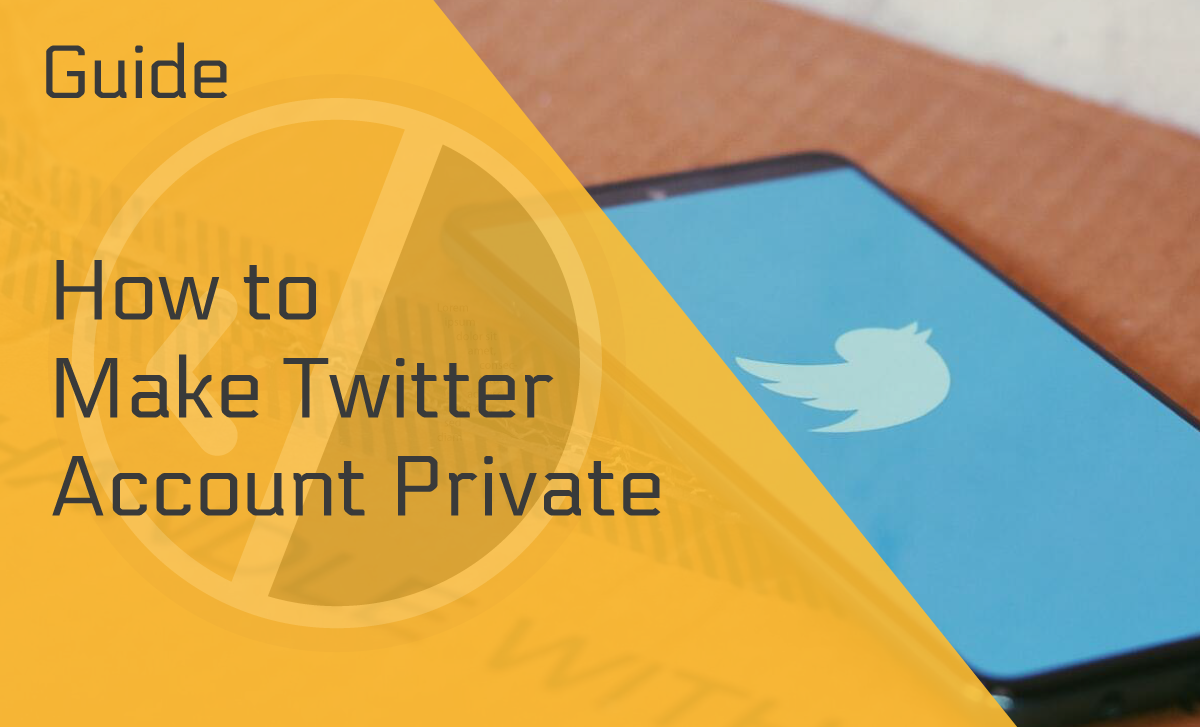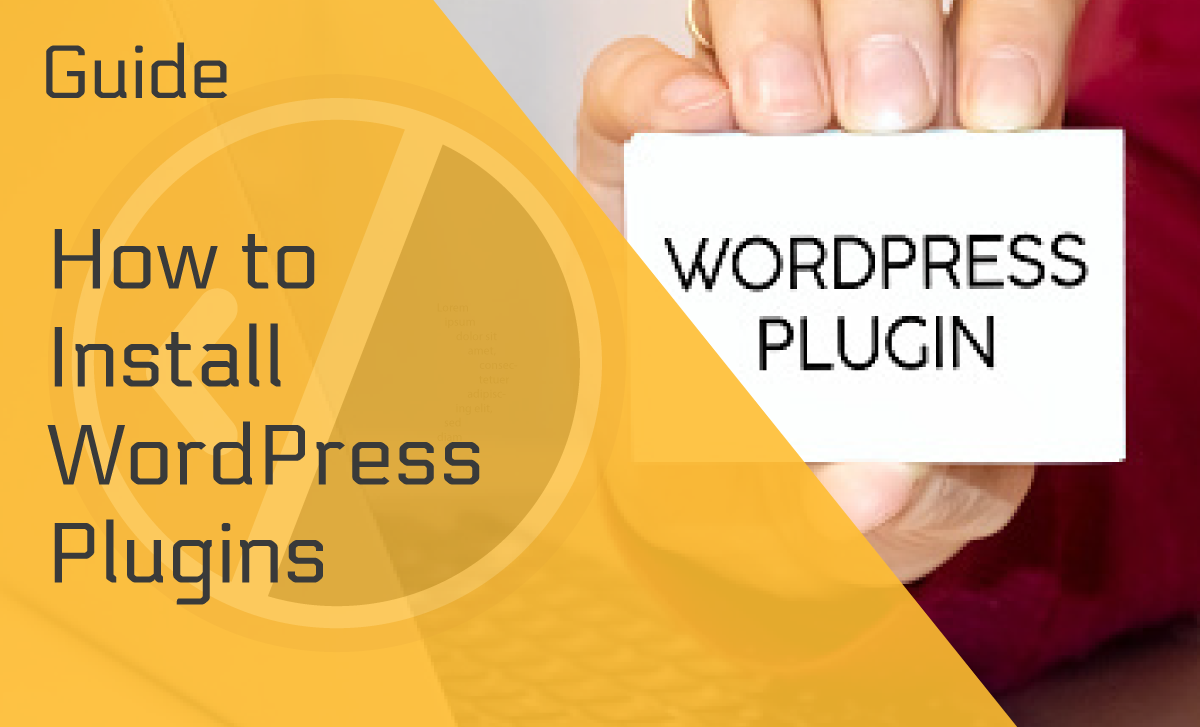How to Launch a Website — A Powerful Guide for Beginners
Published: October 16, 2021
Welcome to our comprehensive beginners’ guide on how to launch a website. We know that building a web page isn’t easy, and hopefully, all your hard work spent creating it is about to pay off.
However, before you launch your site, there are some steps you should take to be sure that you’re ready to share it with the world.
So, keep reading to gain the knowledge you’ll need and prepare to launch!
Website Pre–Launch Checklist
It’s crucial to inspect all content to correct any mistakes before going live, from company data and text to downloadable content and media, such as images and videos.
Remember that content is king, as it will convey your brand’s message, so you want to be sure that it’s legible and concise.
Check the Accuracy of Your Text
This task is at the top of our launching of a website checklist for a reason. Make sure that you proofread your text for spelling and grammatical errors multiple times.
Furthermore, hiring a professional proofreader is highly advisable. But if it’s not feasible, have a friend or colleague proofread for you, as it always pays to have another set of eyes to spot errors.
Make Sure Your Copy Is Aligned With Your Brand
While the accuracy of your content is vital, if your copy is not aligned with your brand, all your efforts will most likely go down the drain. So, make sure that it’s inspected and aligns with your brand’s voice and style.
Plus, you’ll need to keep your mission statements, goals, purposes, and all taglines updated.
Inspect the Licensing of All Visual Elements
Website launches can be derailed if you use visual elements without the appropriate licensing. So, whether you hire help or not, it’s your responsibility to confirm that all images, fonts, and all other visual elements of your website will not cause any copyright issues.
Be extra careful if you acquire them from the internet! You can be sued for using images you don’t have a license to use or permission from the creator. If you use images or photos for your website launching, it’s always best to use your own.
Check Your Site’s Aesthetics
The first impression comes from a site’s visuals and design. In short, these are the aesthetics that must be pleasing to your audience. After all, the primary goal for launching a website is to attract as many visitors as possible.
To be able to do this, focus on what your customers want to see. Keep in mind that internet users these days are quick to judge, so it’s necessary to grab their attention as quickly as possible.
Test Your Site’s User Experience
Most guides on how to launch a website will instruct you to test your site’s user experience. Since intentional user experience can have as much as a 400% conversion rate, we can’t stress its importance enough.
Moreover, make sure that your website will work well across all browsers and devices. Check that all your images, videos, and other files are positioned and sized appropriately.
You should also confirm that all links are working properly. Plus, if you’re an eCommerce website, perform beta testing for your chatbot, which you must have since 69% of people prefer chatbots over the company’s official app.
Set Your Launch Date
Now that you already have an idea of how to launch a website and have taken the steps above, it’s time to set your site’s launch date. This is your site’s biggest life event, so strategically setting a date and time is crucial.
Give yourself at least a month after the announcement. Many organizations spend at least two to three months doing marketing before officially going live.
Create a Marketing Strategy for Launching a Website Announcement
There are a few things you need to do to announce when launching your website. It’s advisable to come up with a strategy that includes the following tasks.
Create a Teaser
One of the best ways to build anticipation before you launch a new website is to create a teaser. It is similar to how Hollywood studios promote their films by first releasing a trailer to grab the potential audience’s attention.
You should make a page introducing your new website that tells the customers what they can expect. For example, a “Coming Soon” page consisting of a few sentences about your site and a form field with an email address opt-in to begin capturing emails is a terrific idea.
Send Emails to Your List
Once you’ve collected a good number of email addresses, you should send a “Welcome” message to create a rapport with your audience. This relationship is a good step towards having traffic once you go live.
Furthermore, make sure to send new website announcement emails to keep the interest growing. Inform them about your website and how your product or service can improve their lives. Keep in mind that email marketing is 40 times more effective than social media.
Announce It on Social Media
While email subscribers can be a powerful marketing tool, you’ll still need to make website launching announcements on social media, as well.
Choose the platform and set the duration of the promotion. Continue posting for about a month before going live to maintain user interest. You can also automate your posts to help you place them strategically.
During Website Launch Checklist
After doing everything on the above checklist, you’re now ready to launch your website. Great job! However, our guide doesn’t end here. There are still some things you have to do during the launch. So, let’s get to it!
Check Pathways for Conversion
While launching your new website, your goal is to convert everyone who visits into a paying customer. If it’s an eCommerce website, the average conversion rate is 2.5%. Of course, it varies, depending on the platform or business.
But whatever it may be, make sure that you check that you have all the necessary pathways for conversion functioning accordingly.
Here are a few of the questions you should be able to answer during your new website launching when checking your conversion pathways:
- Is your CTA (Call-to-Action) button visible?
- What actionable forms do you need to add or create (opt-in, data capture, contact, etc.)?
- Do you have to add an “Add-to-Cart” button?
- Do you have a follow-up strategy when customers abandon their carts (email, text messages, social media)?
Ensure the Proper Work of Your Site’s Security Features
It’s a given that your site must have all the necessary security features. In fact, 81% of organizations were victims of cybercrime last year, so you can never leave any stones unturned when it comes to your site’s security.
The best time to double-check they’re all working is immediately after launching a new website. Here are a few things you must check in your site’s security:
- SSL certificate
- Backup schedule
- Backup location
- Spam filters
- Captcha
- Password manager
For more tips, check out our guide on how to keep a website secure.
Double-Check Your SEO Strategy Implementation
Google processes more than 40,000 searches per second, and you want your website to rank high in those searches. Hence, it’s imperative to double-check your SEO strategy implementation while you launch a website.
Here are a few things you must pay attention to while doing so:
- Check that you’re using consistent keywords in the titles, meta descriptions, and throughout the content.
- Do keyword research and see which ones perform best.
- Also, check which pages perform better and adjust accordingly.
- See if you can build relationships with other companies by using backlinks.
Set Up Your Web Analytics
At this point, you should’ve already installed your website analytics software. But if you haven’t yet, there’s still time to do so while launching your website. The job of a website analytics tool is to keep track of your visitors’ behaviors.
While there are many platforms, Google Analytics is the top choice for this purpose. It captures metrics, like the number of visitors, the duration of their stay, and if they have clicked any links.
When launching your own website, it’s essential to monitor these metrics for future strategies and gauge your brand’s overall performance.
Post-Site Launch Checklist
Now that you’ve made it this far, why don’t you go ahead and give yourself a little pat on the back? Congratulations for now going live by following the above steps to launch a website. Although we’re getting closer to the end of our guide, the work on your website never ends.
That being said, here are several things you must prioritize post-launch.
Send “Thank You” Emails
If you want to continue building relationships, immediately send thank you emails after your site goes live.
Thank everyone who helped you on your journey of launching a new website. Whether these people shared your posts, mentioned your website in their comments, or however they showed support, let them know that you appreciate them.
Run a Post-Launch Diagnostics
It’s always an excellent idea to run a diagnostic test to find broken links after executing your website launch plan. We recommend a few software tools: Google Webmaster, Screaming Frog, and Ahrefs Broken Link Checker.
Aside from checking broken links, these tools can also help you optimize your SEO, check if redirects are in place, help crawl your website, filter data it collects, and more.
Keep Adding Fresh Content
You want to strike while the iron is hot, so don’t be complacent just because you’ve already ticked most items on your launching a website checklist. In fact, adding fresh content is a necessary process of maintaining a prosperous site.
Even seasoned bloggers go back and update older content. So, from the day you launch your website until it’s up and running, your content must always be fresh and updated.
Continue Engaging People
Your marketing strategy doesn’t end with your new website announcement. On the contrary, it’s intended to continue as long as your website operates by engaging people through email marketing and social media posts.
You can do this by creating campaigns and promotions to attract more paying customers. Basically, you should do whatever it takes to get people to continue following your brand long after your new website launch announcement.
Wrap Up
Now that you know how to launch a website successfully, it’s essential to remember that you must continue to properly maintain your site with regular updates and marketing schemes in order to keep expanding your brand identity.
We hope that this guide serves as a valuable tool for you as you work at developing a lucrative online presence.
FAQ
How do you announce a website launch?
There are many ways to announce a website launch. Aside from those we’ve discussed in this guide, you can also do the following:
- Guest post on other sites
- Appear on a podcast or create one yourself
- Hire influencers
- Promote an introductory discount
Post a video on YouTube
What does it mean to launch a website?
Launching a website is what you do after you’ve already created a web page to promote yourself or your business.
It can be pretty tricky, so you might want to consider hiring some professionals, such as web developers, designers, content creators, and more. You can also consult guides like this one.
How much does it cost to launch a website?
This depends on the type of site that you want to launch. However, launching a site can be done for free!
Otherwise, the cost varies, depending on what tools or software you use, the people you hired, the types of promotions you incorporated, etc. For example, if you employ the help of a DIY website builder to create and host your site, the price can range from six to around fifty dollars a month.
However, if you choose to hire a developer to build you a custom site, it could cost over $10,000, plus anywhere from $35 to hundreds of dollars per month in hosting fees.
What is the best day to launch a website?
According to many online sources, Tuesday is the best day to launch your site. The reasoning is that people have higher energy levels than on Monday and are not bogged down with work yet, which means that they’ll have time to browse the web.
It also gives you a few extra days to do some last-minute polishing and promotion before you finally go live.
What makes a good website launch checklist?
A good checklist must cover every step, from top to bottom. That means it must include everything you must do from pre-launch, during the launch, and post-launch.
Indeed, there will still be some hiccups along the way. But if you have a well-structured checklist, chances are, it will be easier for you to fix whatever problems might occur in the process.
How to launch a website on Google?
First, go to the web address sites.google.com, then you’ll need to choose a template from the “Start a New Site” page. Next, enter the name of your site in the space at the top left and add all of your content. Finally, simply click the “Publish” button at the top right of the page.
How to launch a website for free?
There are many website builders that you can use to create and launch a website for free, such as Wix, Weebly, WordPress, etc. However, using a free launching plan may not meet your expectations due to its limited features.
Although it can be a good starting point, you may not be able to tick every box on your checklist, defeating the purpose of everything you’ve learned about how to launch a website.
Therefore, it’s a good idea to use a paid plan that has more features. Besides, there are loads of excellent cheap website builders out there.







